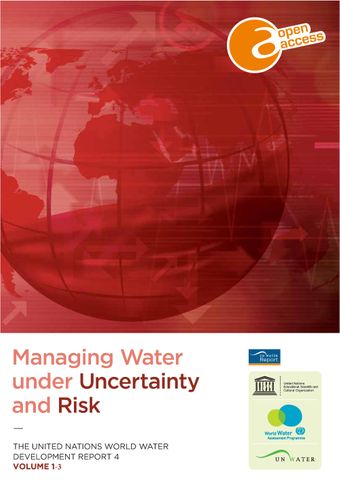Latin America and the Caribbean

- Author: Terence Lee
- Main Title: The United Nations World Water Development Report 2012 , pp 691-705
- Publication Date: February 2012
- DOI: https://doi.org/10.18356/1a90fffb-en
- Language: English
There is a long tradition of water management in Latin America and the Caribbean, and it has gone through many changes. In the 1960s and 1970s, water resources development was among the leading development priorities with projects such as dams for hydroelectricity generation and irrigation.1 These developments slowed with the serious economic crisis that affected most countries in the 1980s. More recently the emphasis in water management has changed as the priorities of governments have changed. The focus of the governments of the countries of the region is now primarily on fulfilling the Millennium Development Goals (MDGs) for the reduction of poverty, which for water management translates to a concentration on improvements in drinking water supply and sanitation, as exemplified by such major projects as the Water for All Programme in Peru. Water supply and sanitation are not, however, the only concern: there is a growing preoccupation with improving water governance as well with strengthening the role of water management in environmental protection. The concern for governance, in particular, is based on the perception that water management remains fragmented and inadequate and this could jeopardize progress in the reduction of poverty and in the achievement of sustainable development.
-
From This Site
/content/books/9789210047098s002-c018dcterms_title,dcterms_subject,pub_keyword-contentType:Journal -contentType:Contributor -contentType:Concept -contentType:Institution105

